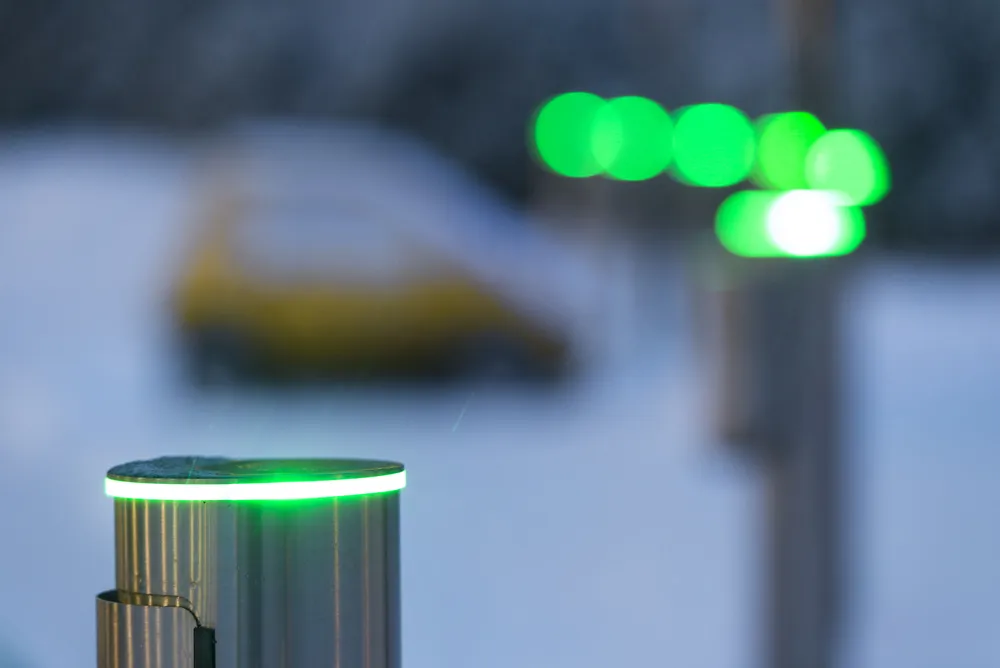Amsterdam’s Here Technologies claims its over-the-air (OTA) solution will help keep connected and self-driving vehicles safe with less cost to automakers and car owners. OTA Connect is intended to ensure data, software and firmware can be transferred between the cloud and a car securely to update vehicle functions.
Ralf Herrtwich, senior vice president automotive at Here, says the device allows automakers to update vehicles remotely. Drivers can also purchase upgrades and features more conveniently.
May 25, 2018
Read time: 1 min
Amsterdam’s 7643 Here Technologies claims its over-the-air (OTA) solution will help keep connected and self-driving vehicles safe with less cost to automakers and car owners. OTA Connect is intended to ensure data, software and firmware can be transferred between the cloud and a car securely to update vehicle functions.
Ralf Herrtwich, senior vice president automotive at Here, says the device allows automakers to update vehicles remotely. Drivers can also purchase upgrades and features more conveniently.
The platform uses Uptane, a software update security system for the automotive industry aimed at preventing attackers from installing malware on vehicles maintained by a manufacturer.
Armin Schmidt, senior director OTA at Here, says the solution provides a secure framework against hackers and speeds up the process of sending safety updates to users.
The OTA Connect technology was created by Berlin-based software company Advanced Telematic Systems, which Here acquired in January.








